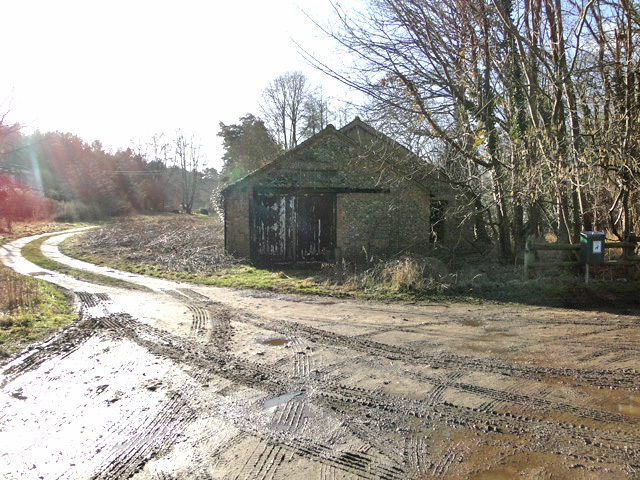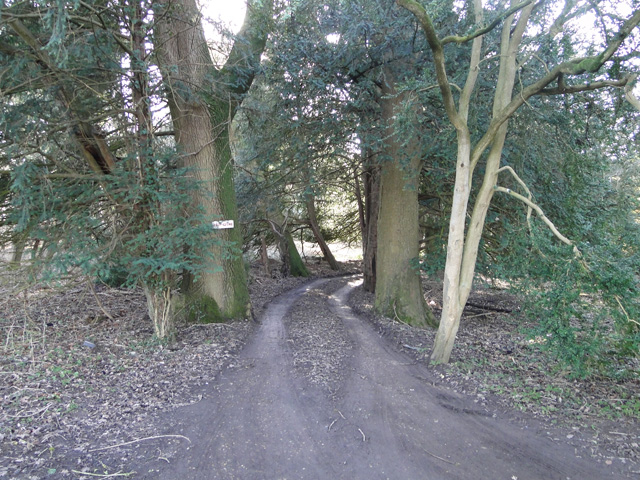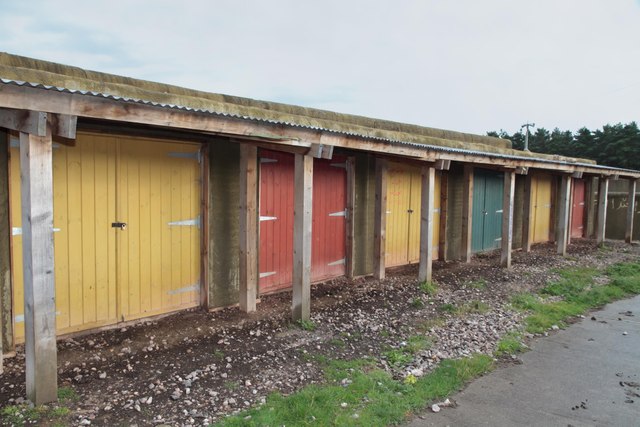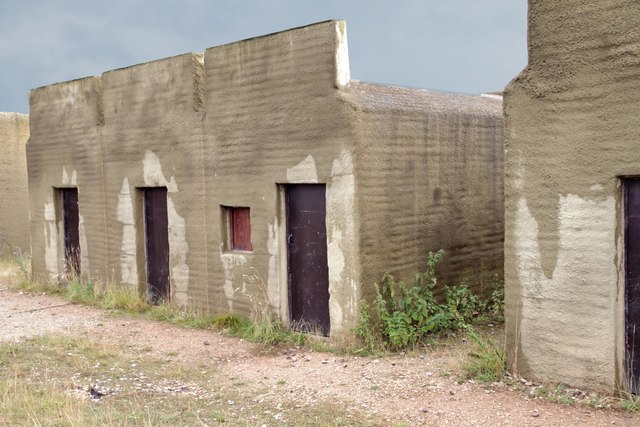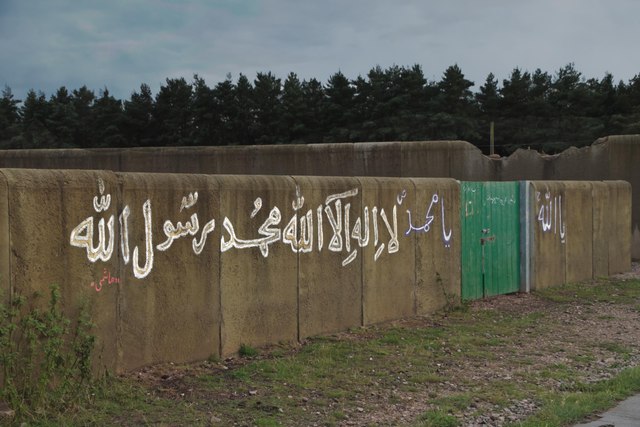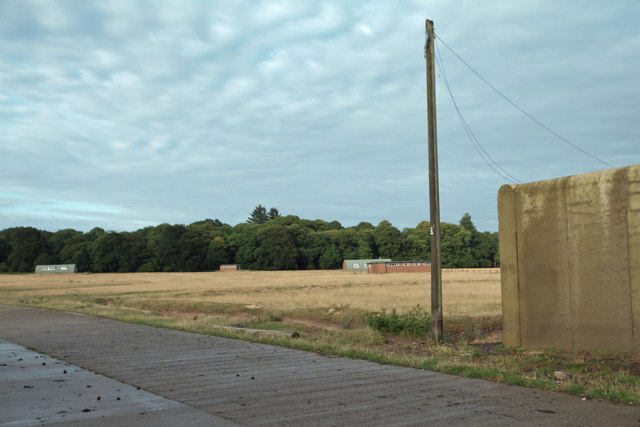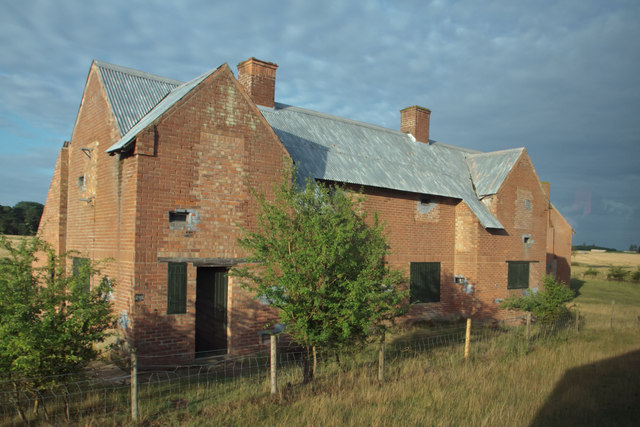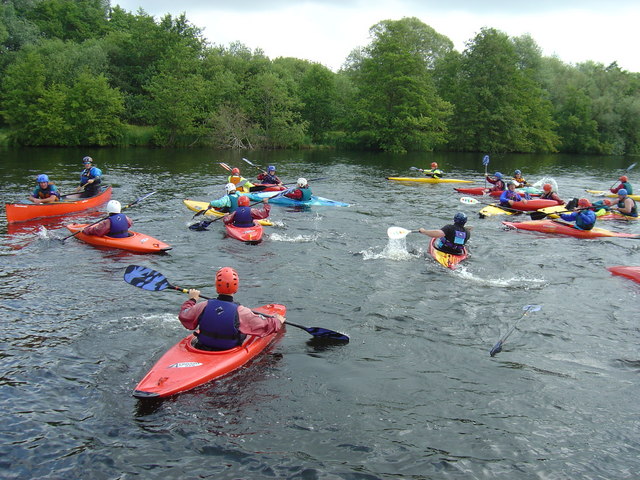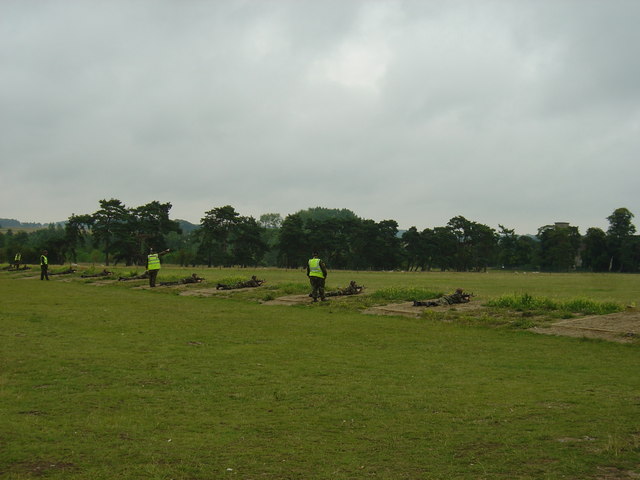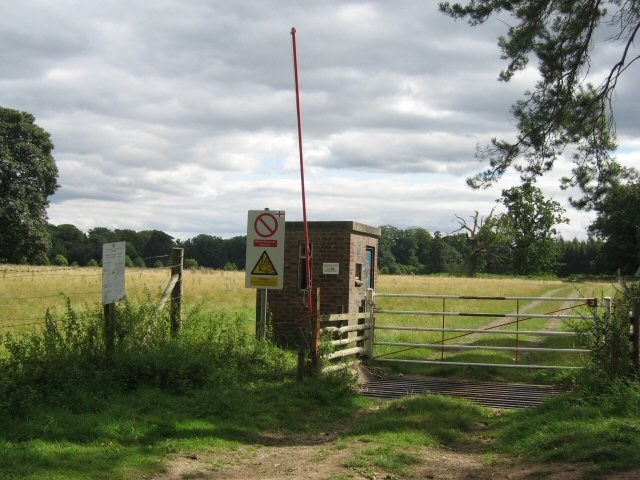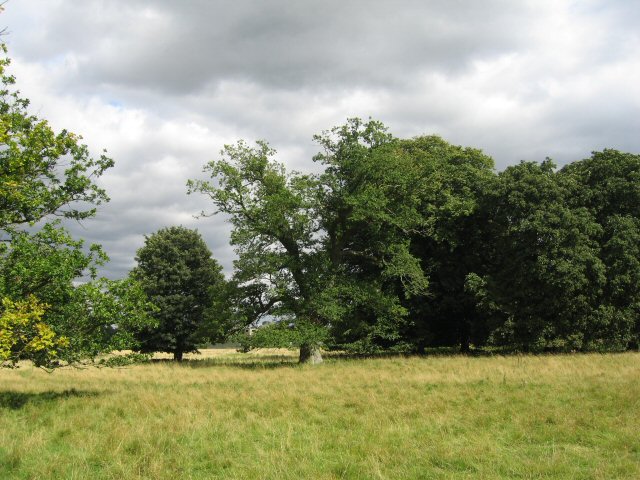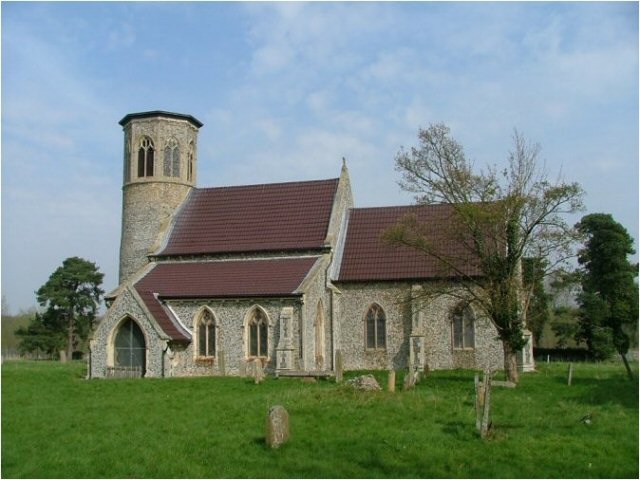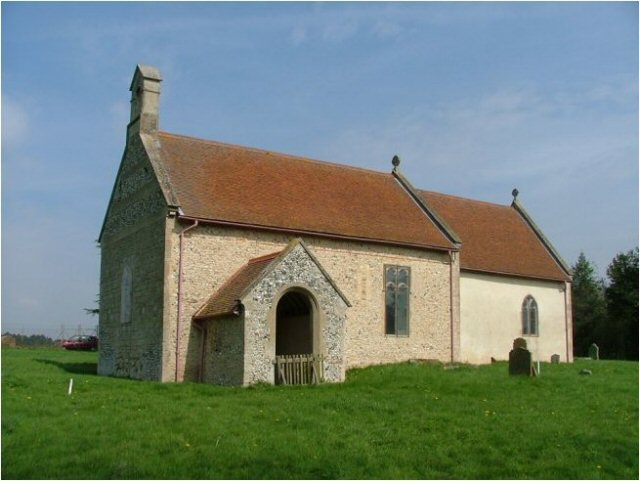Warren Strip
Wood, Forest in Norfolk Breckland
England
Warren Strip
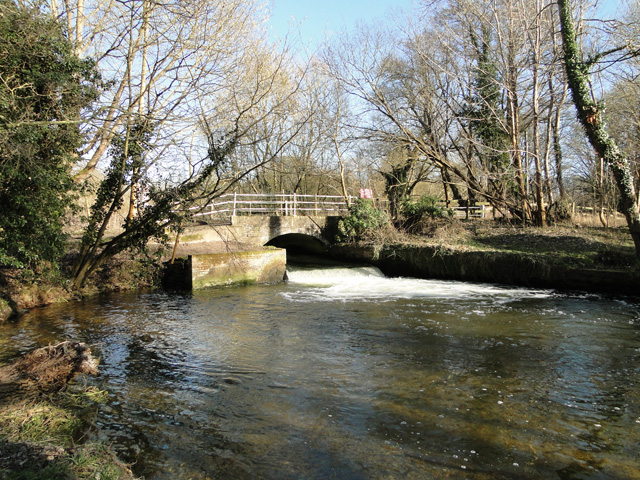
Warren Strip, located in Norfolk County, England, is a picturesque woodland area renowned for its natural beauty and diverse flora and fauna. Covering approximately 200 acres, this enchanting forest is a haven for nature enthusiasts and hikers alike.
The forest is largely composed of a mix of deciduous and coniferous trees, creating a rich tapestry of colors throughout the seasons. Majestic oak, beech, and birch trees dominate the landscape, interspersed with the vibrant greens of pine and spruce trees. This combination provides a varied habitat for a wide range of wildlife, including deer, rabbits, squirrels, and a multitude of bird species.
Visitors to Warren Strip can explore a network of well-maintained walking trails that wind through the forest, offering opportunities for peaceful strolls and invigorating hikes. These trails cater to all levels of fitness and offer breathtaking views of the surrounding countryside. Along the way, nature enthusiasts may encounter wildflowers, ferns, and mushrooms, adding to the area's natural charm.
The forest is also home to several picnic areas, providing visitors with a chance to relax and enjoy the tranquil surroundings. Families often flock to Warren Strip, taking advantage of the ample space for outdoor activities such as ball games or kite flying.
Warren Strip is a haven for wildlife and a sanctuary for those seeking respite from the hustle and bustle of everyday life. Its idyllic setting and abundance of natural wonders make it a must-visit destination for nature lovers and those looking to reconnect with the great outdoors.
If you have any feedback on the listing, please let us know in the comments section below.
Warren Strip Images
Images are sourced within 2km of 52.525424/0.72489548 or Grid Reference TL8495. Thanks to Geograph Open Source API. All images are credited.

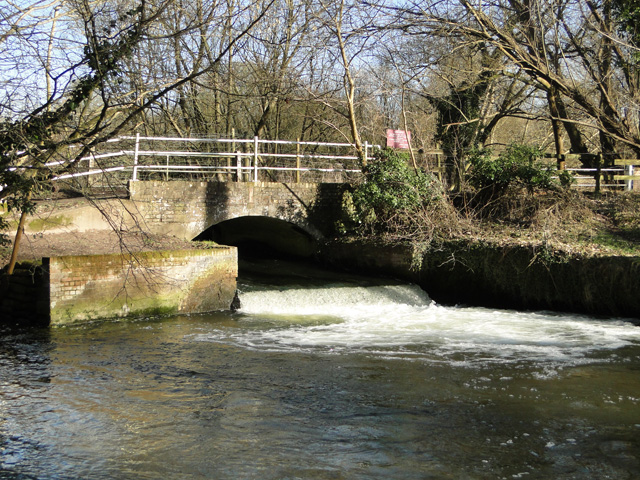
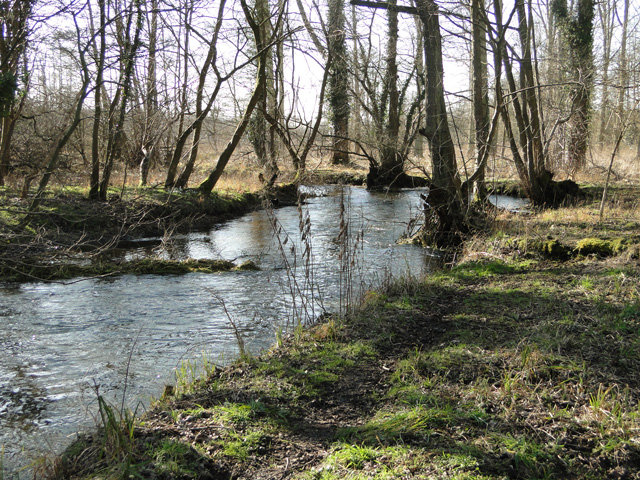
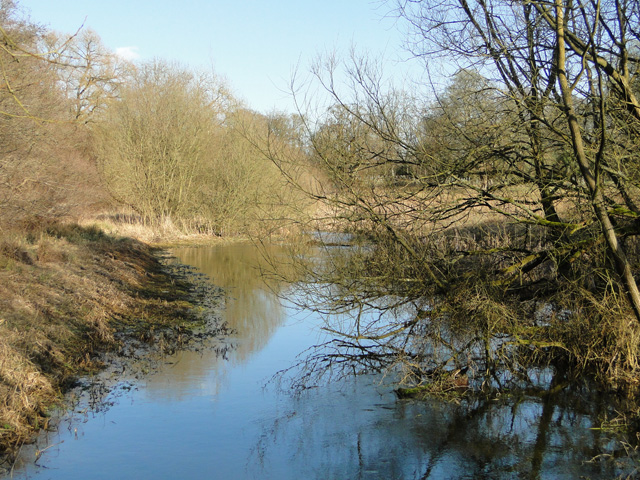
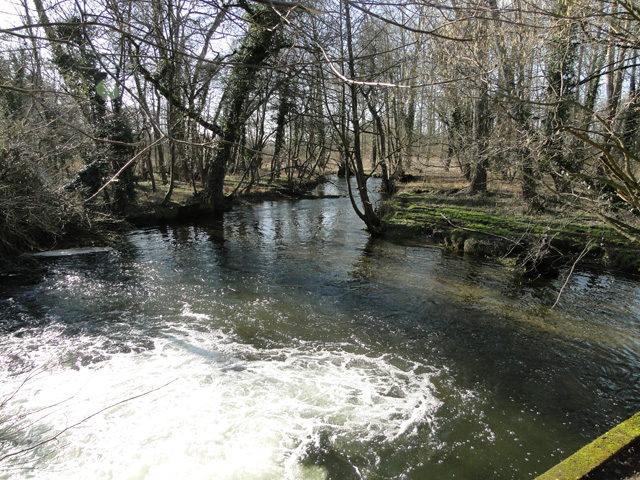
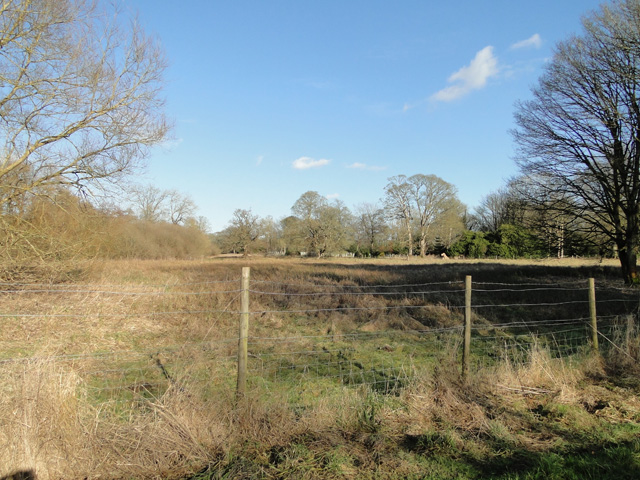
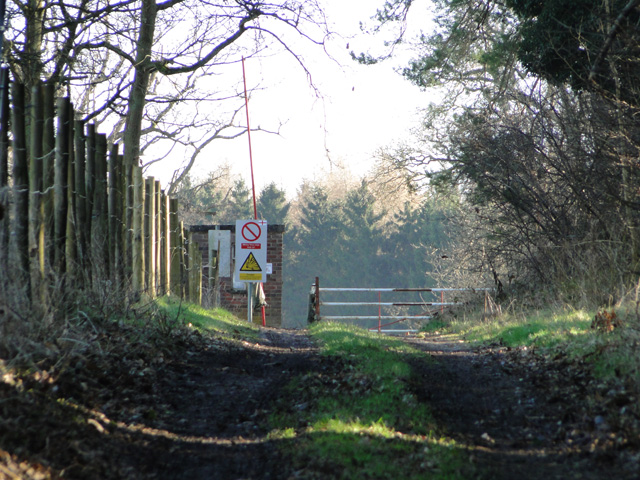
Warren Strip is located at Grid Ref: TL8495 (Lat: 52.525424, Lng: 0.72489548)
Administrative County: Norfolk
District: Breckland
Police Authority: Norfolk
What 3 Words
///regal.changes.dark. Near Mundford, Norfolk
Nearby Locations
Related Wikis
Stanford, Norfolk
Stanford is a deserted village and civil parish in the English county of Norfolk. It is situated 7+1⁄2 miles (12 km) north of the town of Thetford and...
Buckenham Tofts
Buckenham Tofts (or Buckenham Parva; Little Buckenham) is a former civil parish, now in the parish of Stanford, in the Breckland district, in the county...
Langford, Norfolk
Langford is a village and former civil parish, now in the parish of Ickburgh, in the Breckland district, in the county of Norfolk, England. The village...
Stanford Training Area
The Stanford Training Area (STANTA), originally known as the Stanford Battle Area, is a British Army training area situated in the English county of Norfolk...
Have you been to Warren Strip?
Leave your review of Warren Strip below (or comments, questions and feedback).
